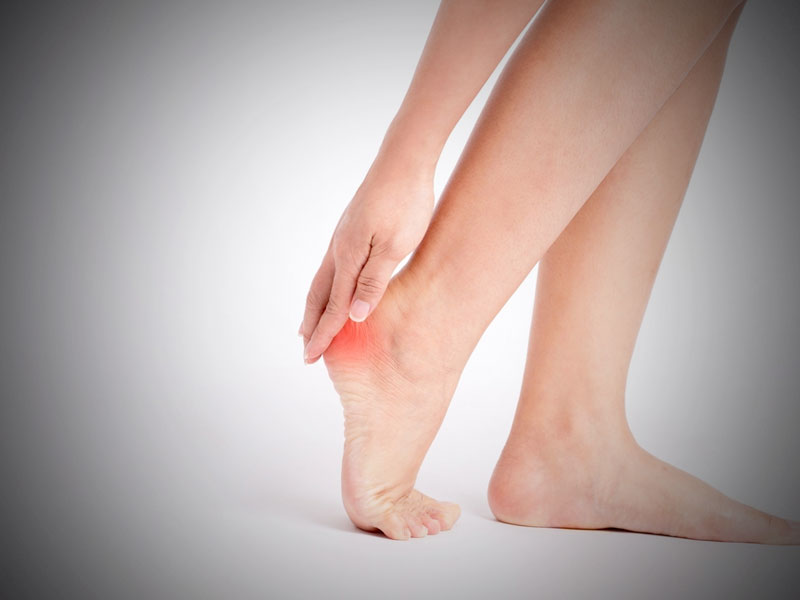Heel pain can be an excruciating experience, impacting our ability to walk, exercise, and enjoy daily activities. Whether you’re an athlete or spend most of your day on your feet, heel pain can affect anyone. In this article, we will explore the common causes of heel pain and some effective remedies to help you find relief.
Common Causes of Heel Pain
- Plantar Fasciitis:
- One of the most prevalent causes of heel pain is plantar fasciitis. It occurs when the thick band of tissue (plantar fascia) that runs across the bottom of your foot becomes inflamed. The pain is often most intense with the first steps in the morning.
- Achilles Tendonitis:
- The Achilles tendon, which connects the calf muscle to the heel bone, can become inflamed, leading to pain in the back of the heel. This condition is often seen in runners and athletes.
- Heel Spurs:
- Heel spurs are bony growths that develop on the heel bone, typically as a result of long-term plantar fasciitis. They can cause pain, especially when walking or standing.
- Stone Bruise:
- Sometimes, a stone or hard object can cause a deep bruise in the fat pad of the heel, resulting in localized pain and tenderness.
- Tarsal Tunnel Syndrome:
- Similar to carpal tunnel syndrome in the wrist, this condition occurs when the tibial nerve is compressed as it travels through the tarsal tunnel in the ankle. It can lead to pain in the heel and arch of the foot.
Effective Remedies for Heel Pain
- Rest and Ice:
- If you’re experiencing heel pain, it’s essential to rest and avoid activities that worsen the pain. Applying ice to the affected area for 15-20 minutes several times a day can help reduce inflammation and alleviate discomfort.
- Proper Footwear:
- Invest in supportive, well-fitting shoes with cushioned insoles. Avoid high heels and flip-flops, as they can exacerbate heel pain.
- Stretching Exercises:
- Gentle calf and Achilles tendon stretches can help alleviate heel pain. Perform these stretches several times a day to improve flexibility.
- Orthotic Inserts:
- Custom or over-the-counter orthotic inserts can provide additional arch support and cushioning, reducing the strain on your heels.
- Night Splints:
- Wearing night splints that keep your foot in a dorsiflexed position can help stretch the plantar fascia, reducing morning heel pain.
- Anti-Inflammatory Medications:
- Non-steroidal anti-inflammatory drugs (NSAIDs) like ibuprofen can help reduce pain and inflammation. However, consult a healthcare professional before prolonged use.
- Physical Therapy:
- A physical therapist can recommend exercises and techniques to improve your foot strength and flexibility.
- Corticosteroid Injections:
- In some cases, a healthcare provider may administer corticosteroid injections to reduce inflammation and alleviate pain.
- Shockwave Therapy:
- Extracorporeal shockwave therapy (ESWT) is a non-invasive procedure that uses shockwaves to stimulate the healing process in the affected area.
- Surgery:
- Surgery is considered a last resort when conservative treatments fail. Procedures such as plantar fascia release or removal of heel spurs may be necessary.
Conclusion
Heel pain can significantly impact your quality of life, but with the right remedies and lifestyle adjustments, you can find relief. Remember that it’s crucial to consult with a healthcare professional for an accurate diagnosis and personalized treatment plan. Whether it’s rest, exercises, or medical interventions, the goal is to get you back on your feet and free from heel pain.







